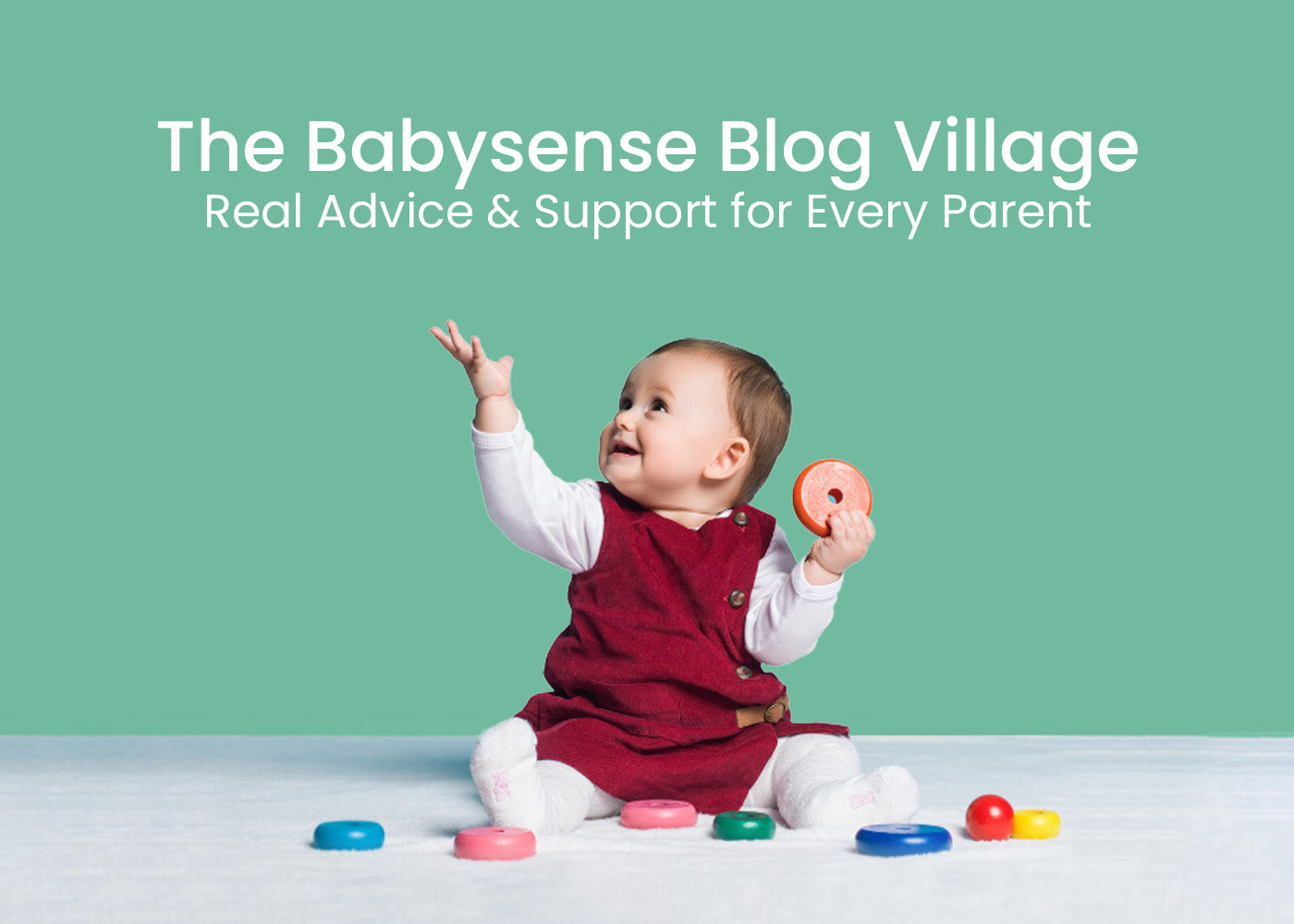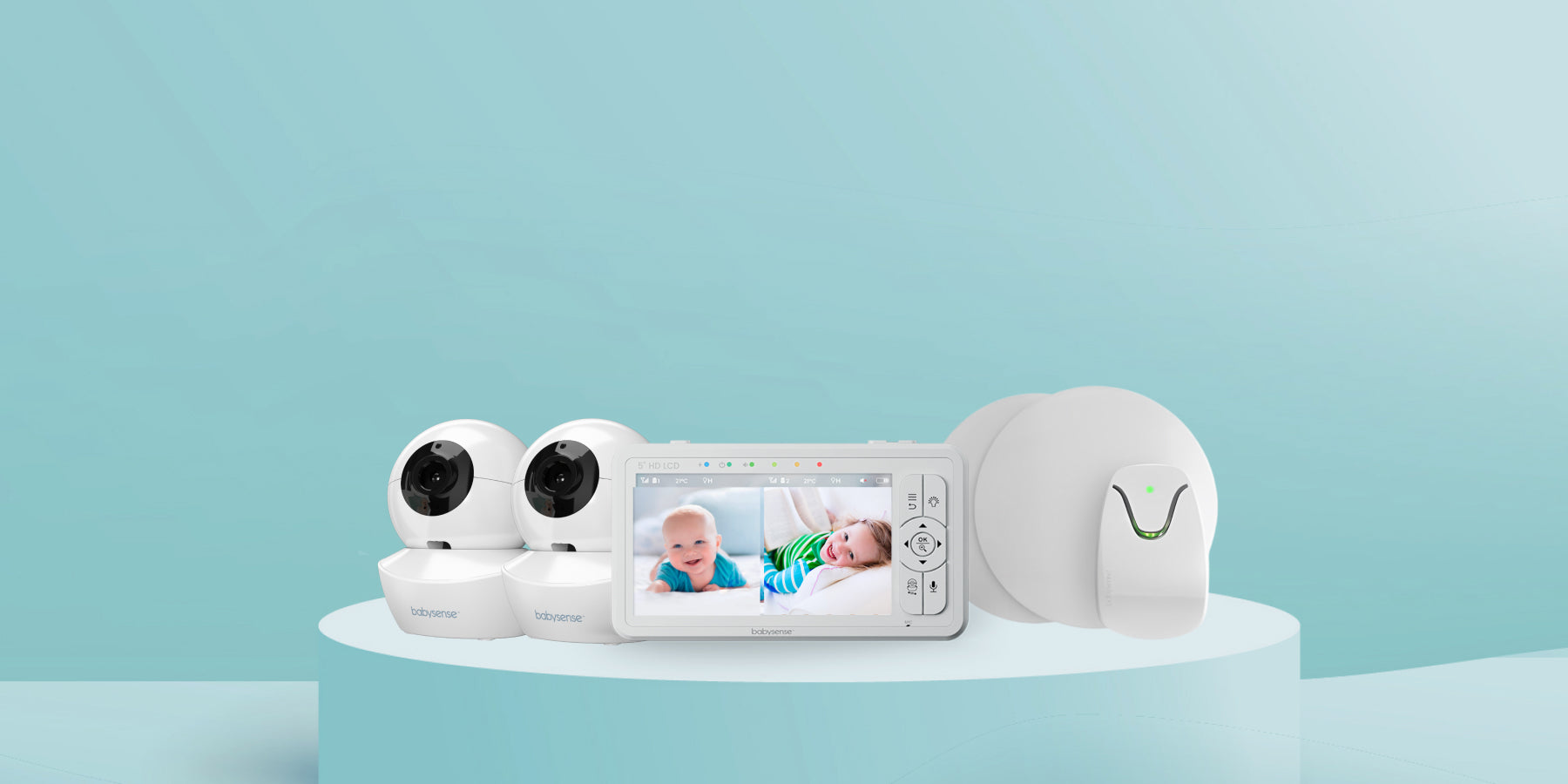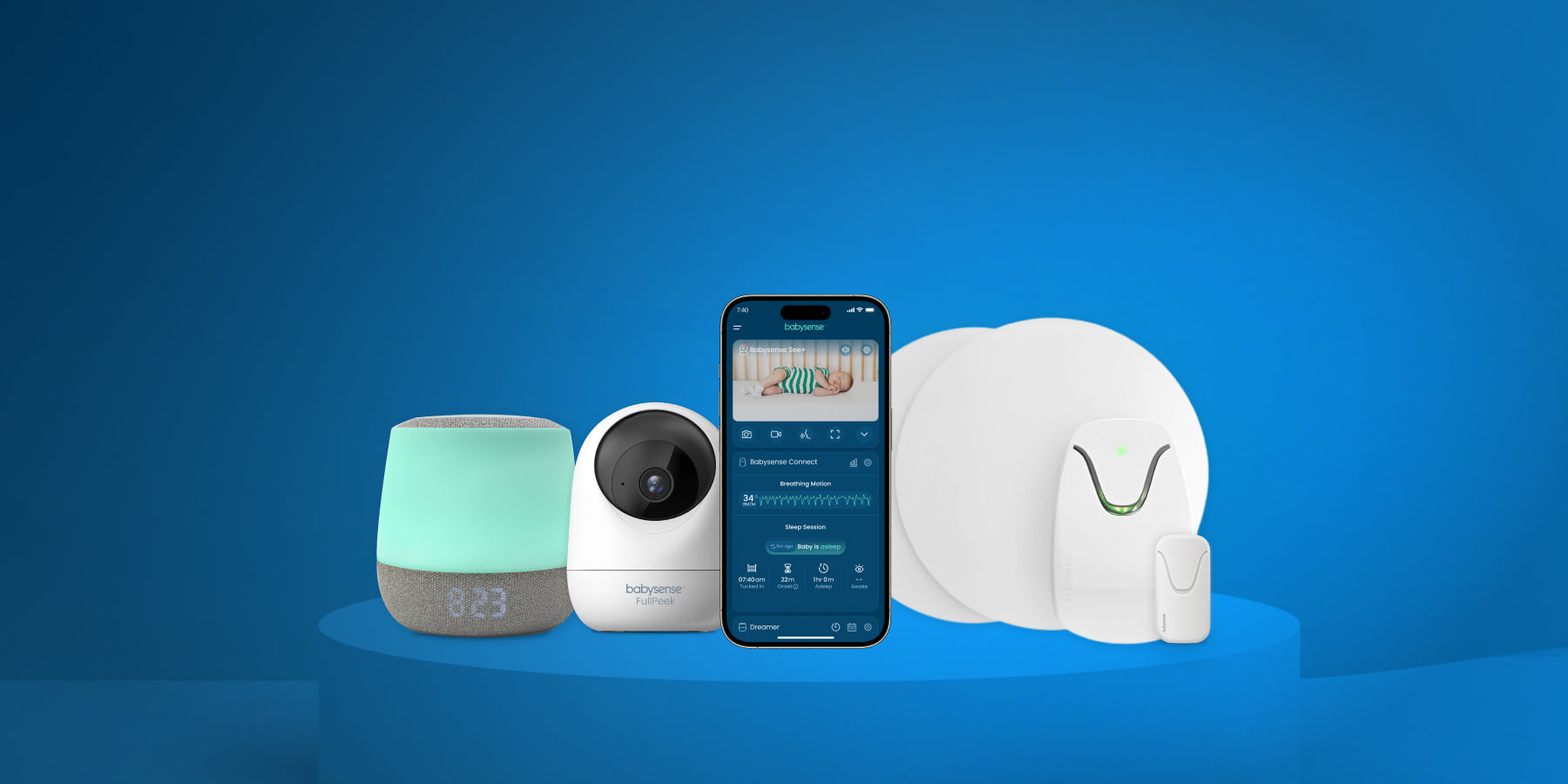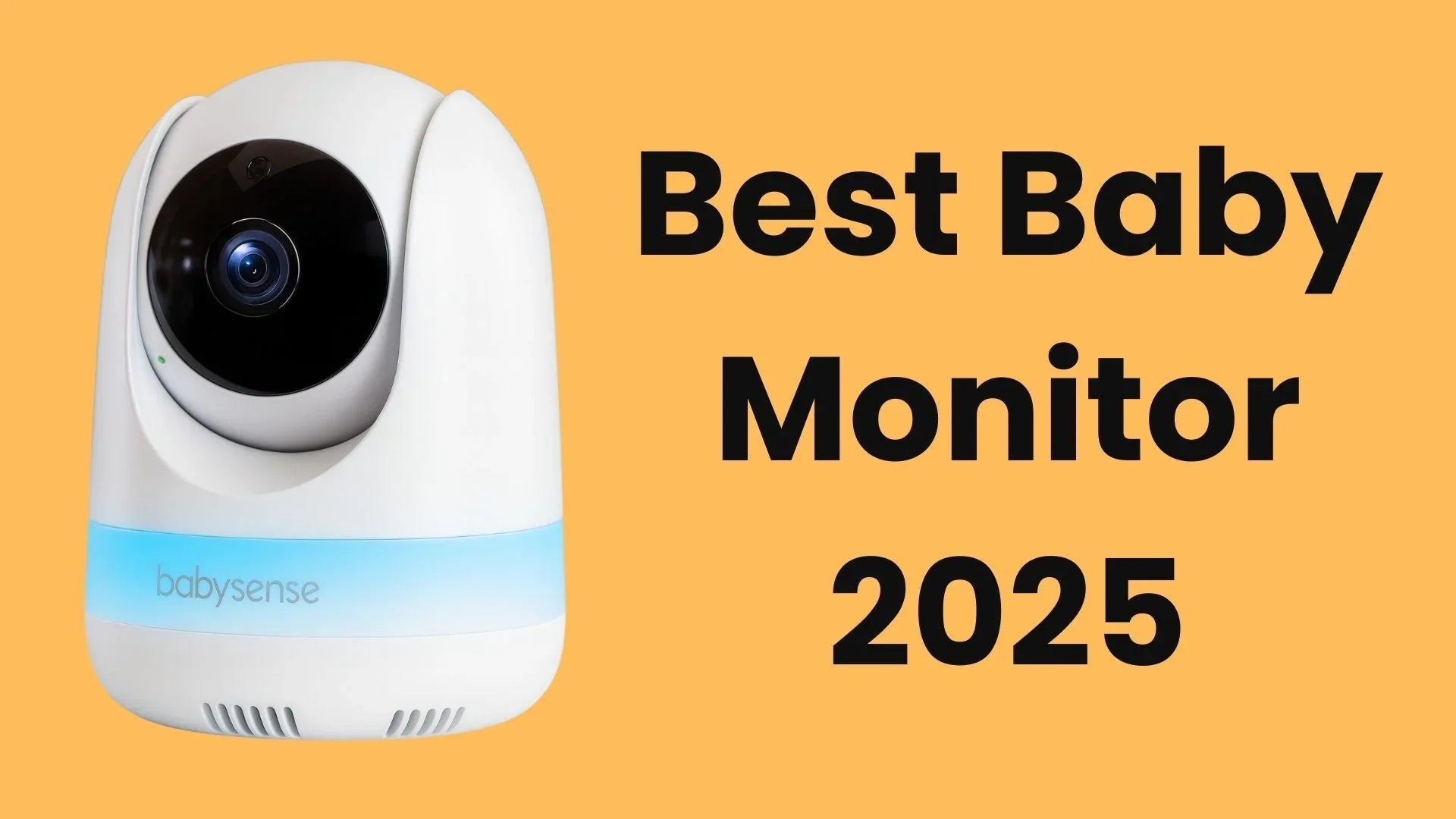
Best Baby Monitor 2025: Why the Award-Winning Babysense Prisma Leads the Pack
Best baby monitor 2025: Learn why the non WiFi Babysense Prisma offers secure split screen, long range and 20 hr battery for toddlers. Plus AAP safe sleep tips.

Nursery Temperature & Humidity Best Practices: The Complete Guide for Optimal Baby Sleep and Health
Expert guide to optimal nursery temperature (68-70°F) and humidity (30-50%) for baby safety and sleep. Learn SIDS prevention, monitoring solutions, seasonal adjustments, and professional tips for c...
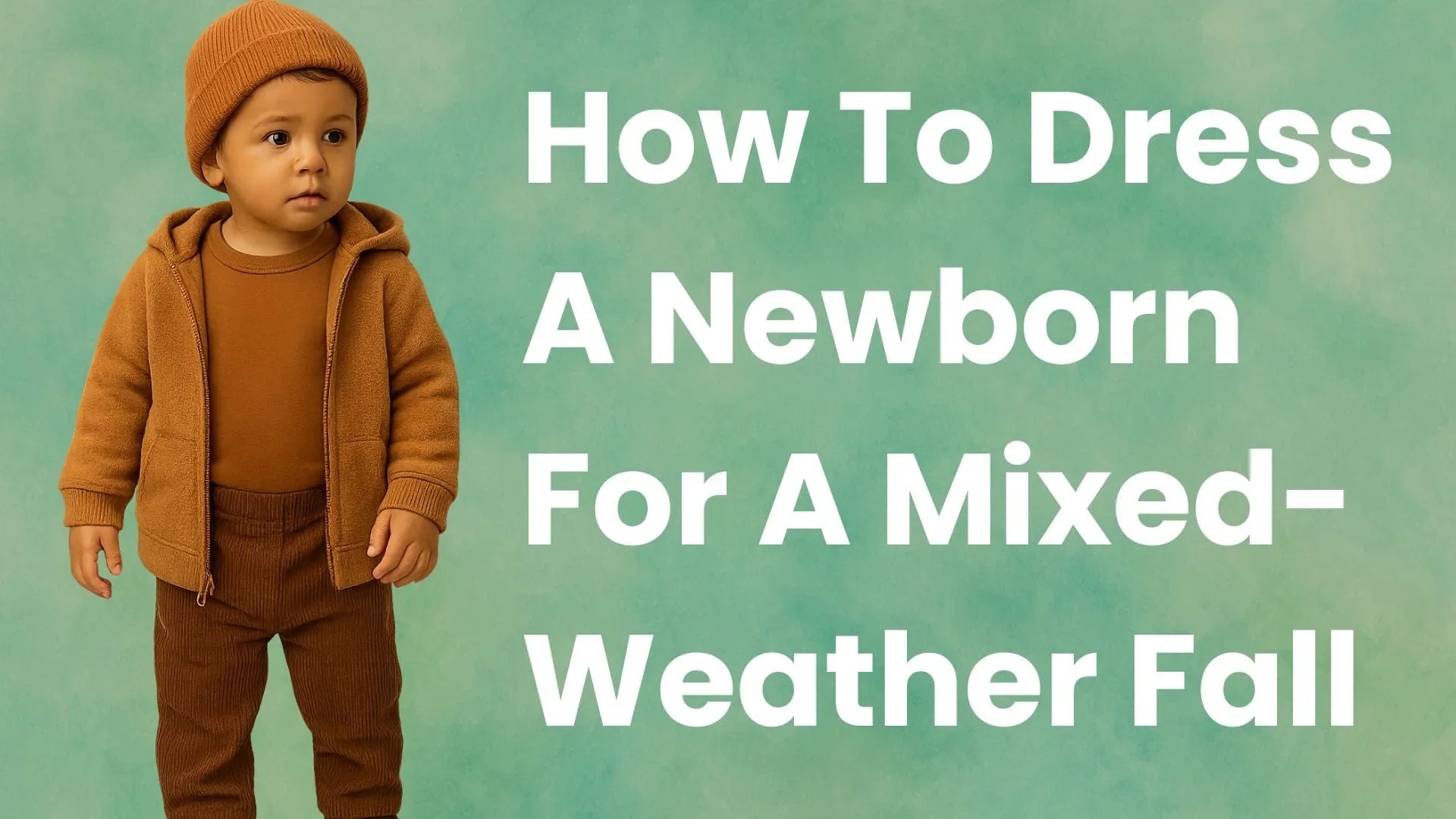
How To Dress A Newborn For A Mixed-Weather Fall
Learn how to dress your newborn for unpredictable fall weather with simple layering tips by temperature. Includes outfit formulas, car seat safety, sleepwear TOG chart, and signs of overheating or ...

FDA Butter Recall: What Parents Need to Know | August 2025
Bunge North America recalls over 64,000 lbs of butter due to undeclared milk allergen. Learn what parents need to know, how to identify affected products, and how to keep allergic children safe.
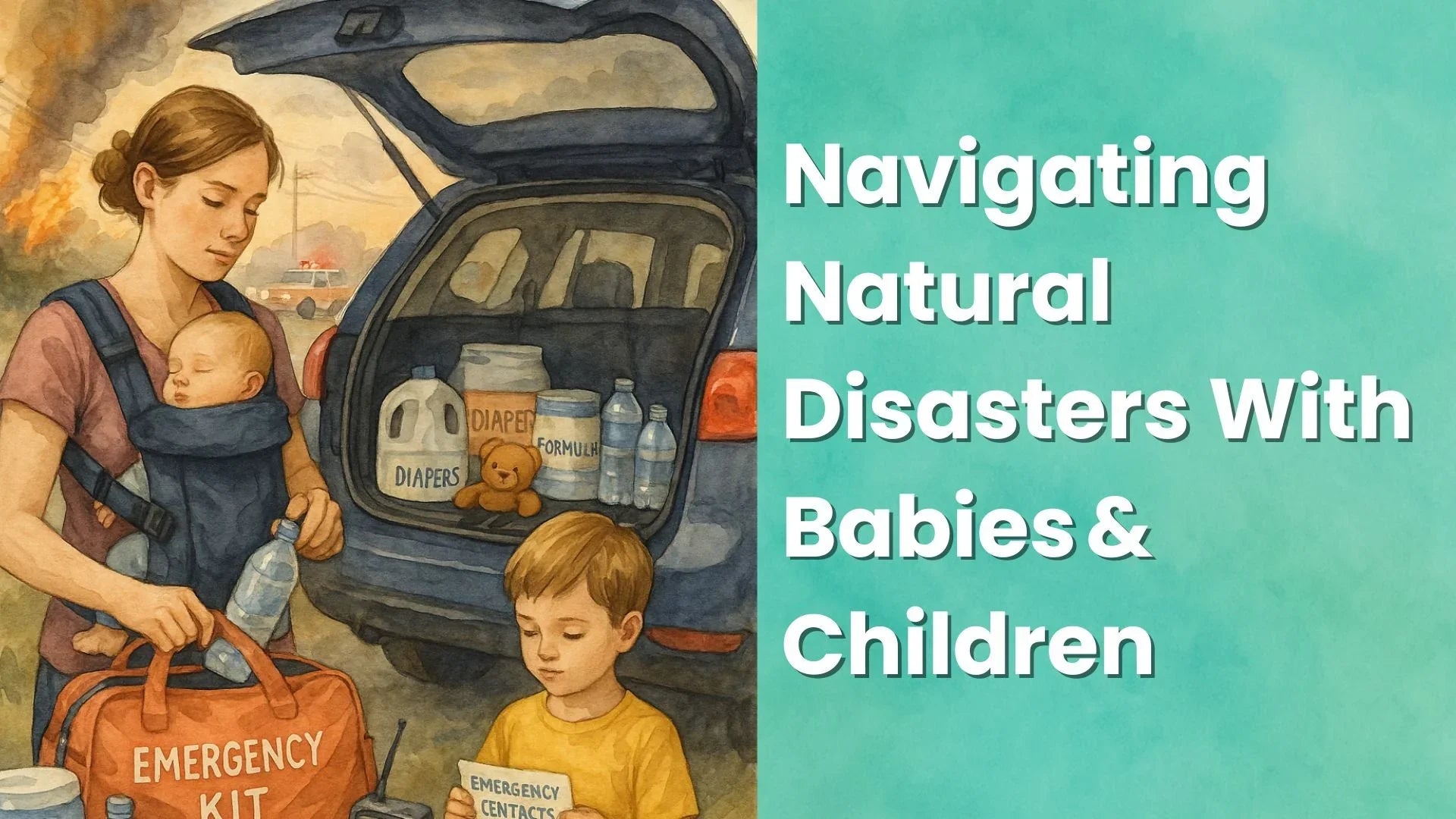
Navigating Natural Disasters With Babies & Children: A Parent’s Survival Guide
A complete guide for parents on how to prepare for and respond to natural disasters with babies and young children. Includes emergency kits, evacuation plans, and safety tips for hurricanes, wildfi...
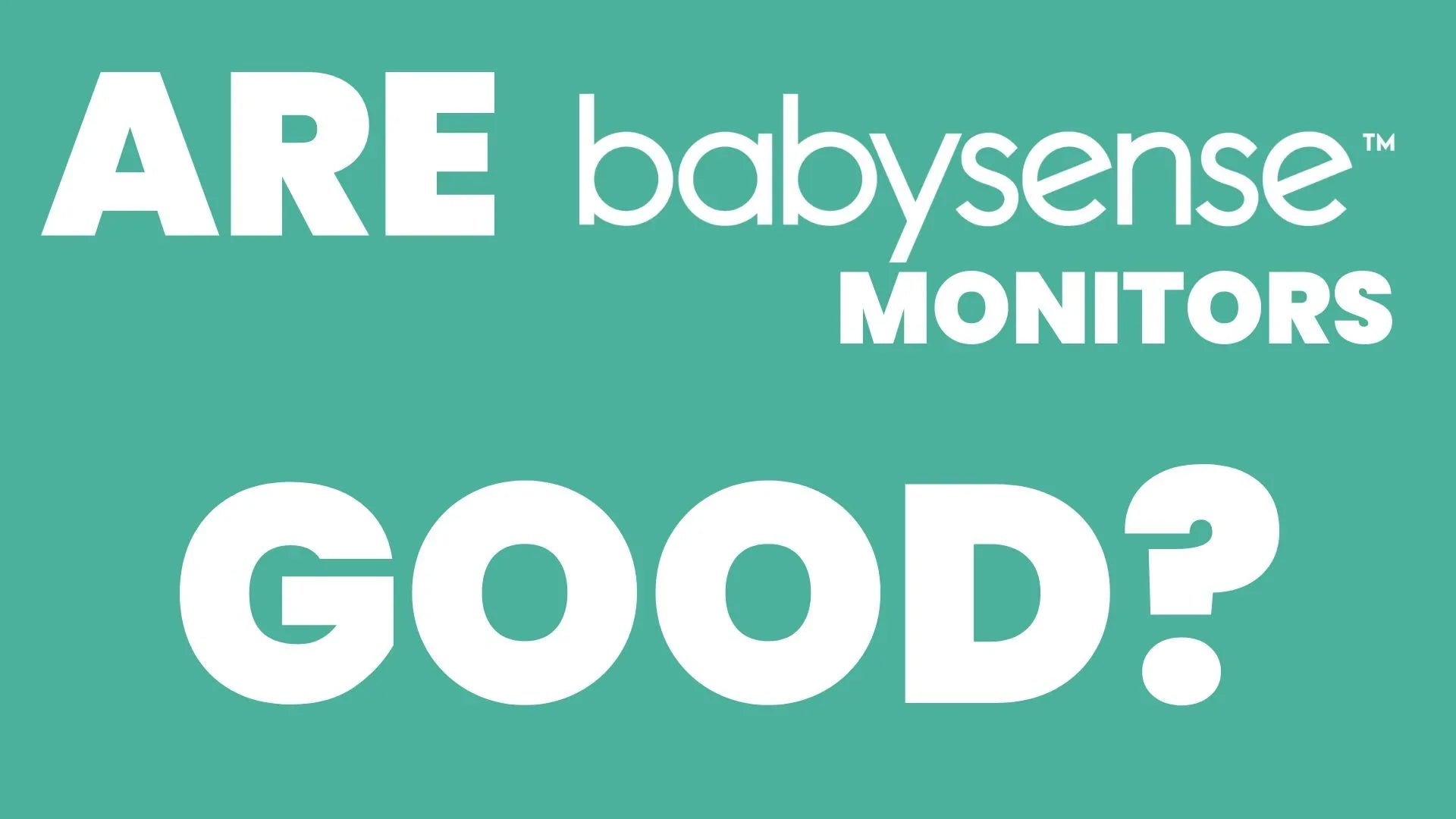
Are Babysense Monitors Good? A Straight‑Up Answer From Babysense
Award-winning Babysense monitors offer HD video, non-contact breathing tracking & top-rated safety—trusted by parents and hospitals worldwide.
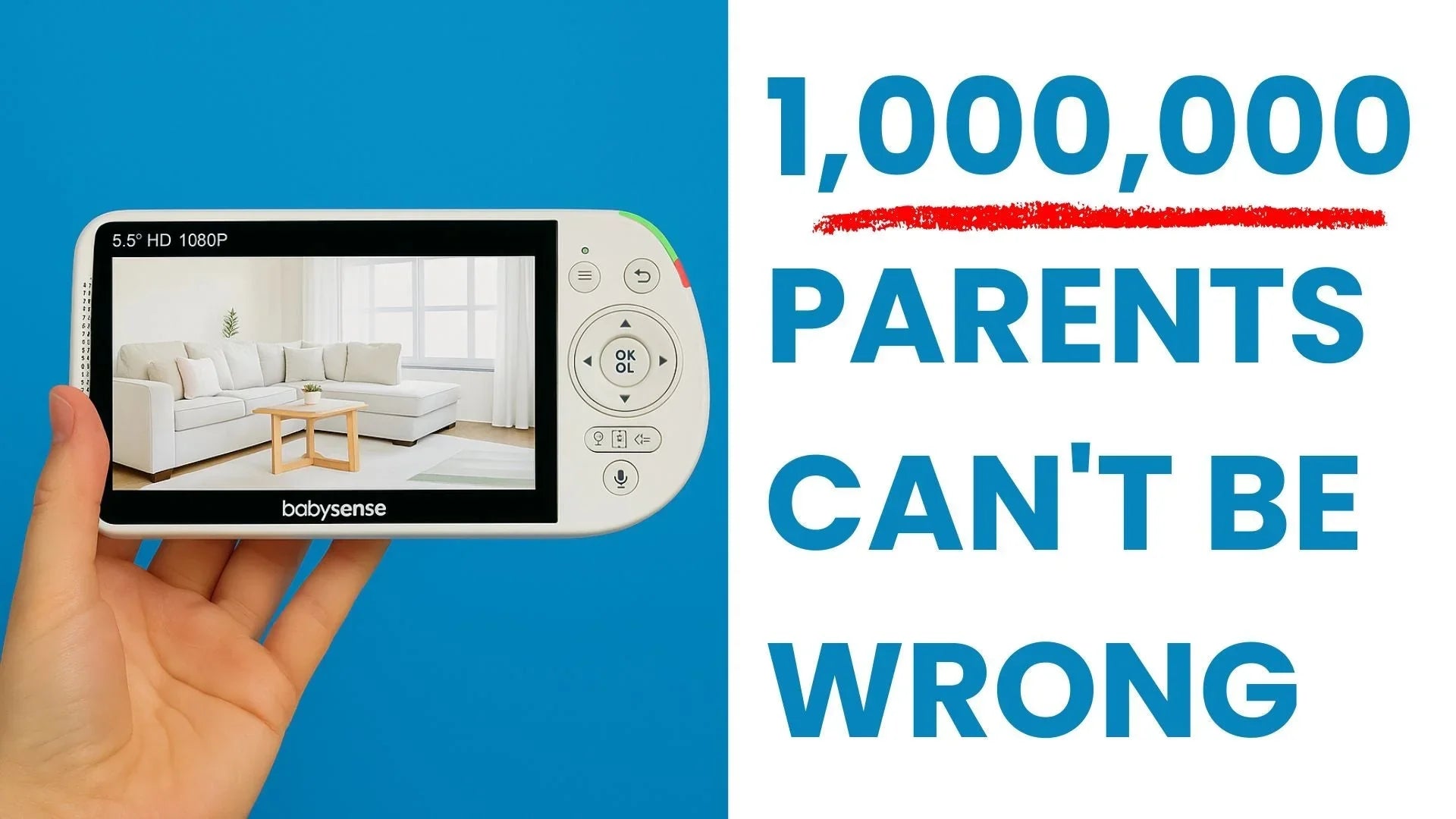
The Ultimate Baby Monitor Buying Guide 2025: Why 1 Million Parents Choose Split-Screen Technology
Discover 2025's best baby monitors! Compare split-screen tech, security features & why 1M+ parents choose Babysense. No monthly fees. Read our guide.

Why the Babysense Max View Consistently Wins Best Non-WiFi Baby Monitor Awards
Babysense Max View wins Best Non-WiFi Baby Monitor awards from The Bump & BabyGearLab in 2025. 1080p HD split-screen, 20hr battery, hack-proof security.
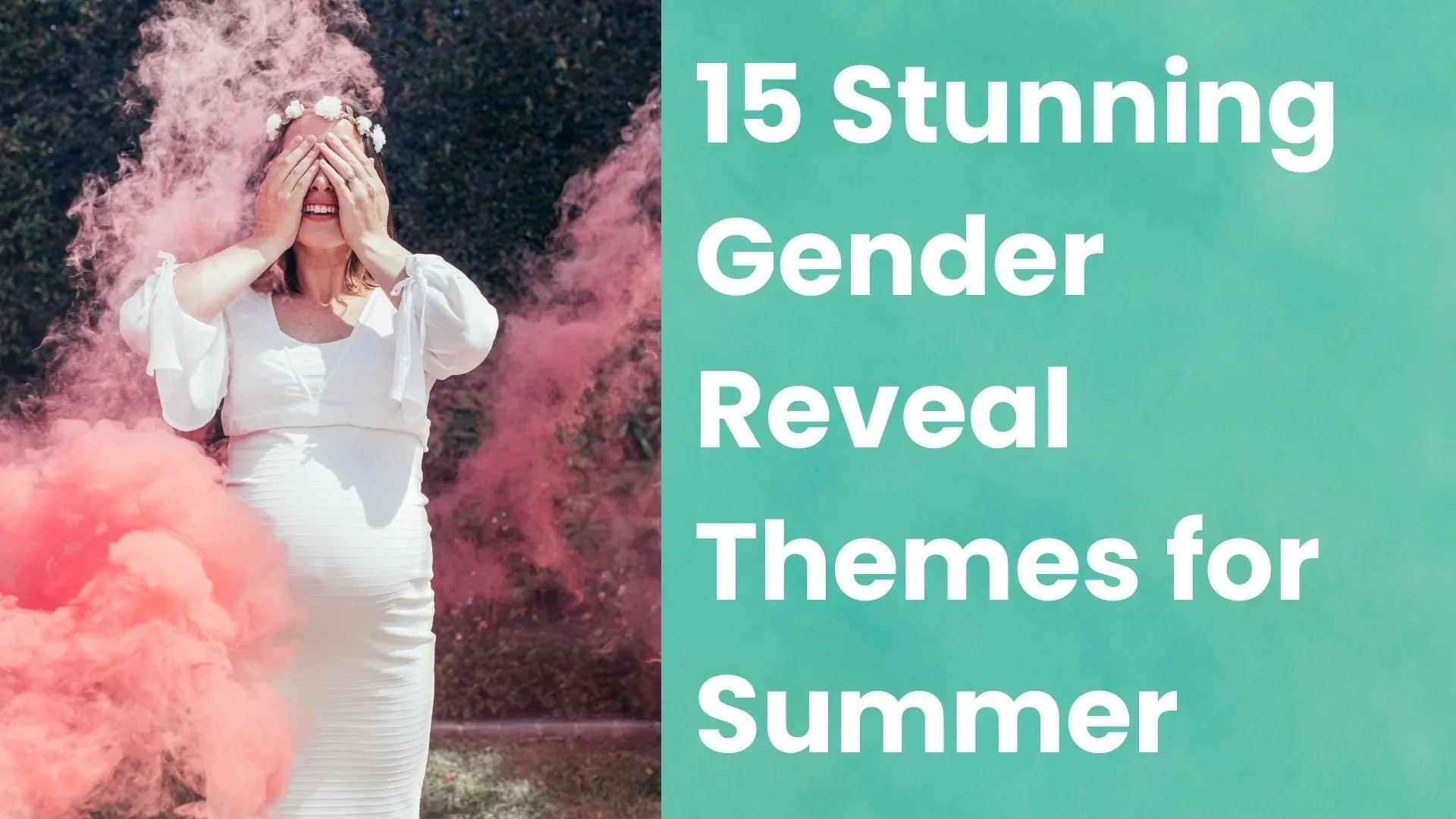
15 Stunning Gender Reveal Themes for Summer 2025
Discover 15 stunning summer gender reveal themes for 2025! From beach parties to garden celebrations, find creative outdoor ideas, budget tips & safety advice.


